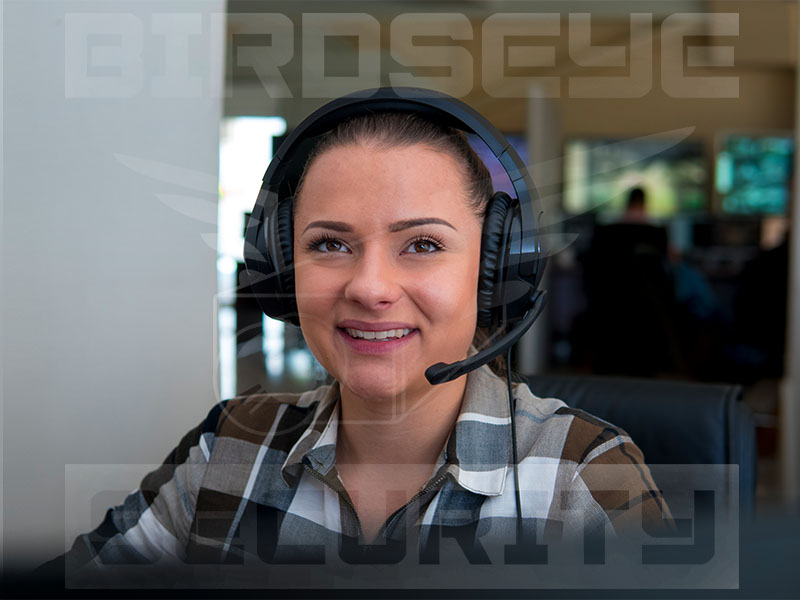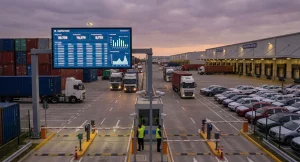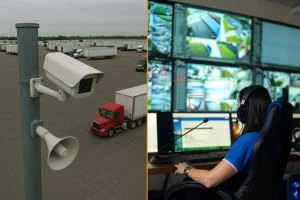Understanding the Different Types of Security Systems Available
One who is working to describe the multiple types of security systems present in many organizations should recognize that each organization and each property is unique. There are a variety of systems, and each has its own advantages and potential downsides.
By reviewing each type of system, and comparing it to your unique security needs, you can determine which setup is the best for your situation.
By recognizing the different available tools, you’ll keep your property safe and find a strong and cost-effective solution.
Alarm Systems
When asked to describe the multiple types of security systems present in many organizations, one of the first solutions that often comes up is alarm systems. These are common security tools that are designed to draw attention to a crime that is in progress.
However, most alarm systems only sound once a crime has already happened. For example, an alarm could be triggered by a window being broken or a door being opened. This is notable since the alarm does not necessarily stop the crime from happening, but it instead alerts someone that it has happened.
Some alarm systems are designed to only make an audible tone while others may be used to signal security guards, police, or a central monitoring station. In all cases, they are typically only triggered once the crime has happened.
Security Cameras
Unmonitored security cameras are another common security tool. However, much like alarms, they are designed to primarily be of value after a crime has already happened. If cameras are not being watched at all times, their primary use is to capture evidence which could be useful in an investigation if necessary.
Onsite Security Guards
Unlike alarm systems and unmonitored surveillance cameras, traditional onsite security guards are a more active type of protection. This means they can act before a crime occurs to potentially prevent the situation from developing.
However, security guards cannot be everywhere at once and they can’t see everything at once. This is even true for guards who are making their rounds throughout a property.
In addition, depending on the property, having enough guards to watch over the entire site 24/7 can get very costly, not to mention logistically difficult.
Access Control Tools
It is often tough to describe the multiple types of security systems present in many organizations without considering access control tools. While they are sometimes overlooked at first, they remain a very important part of a security setup.
Access control involves using people or security tools to keep unauthorized individuals out of a property. This can be accomplished by using security guards, but many businesses choose to use technologies like key cards or fobs.
While these can work to restrict access, one flaw of these systems is that they can be lost or stolen. If this isn’t noticed right away, unauthorized individuals could gain access to a property.
Live Remote Monitoring
A live remote monitoring system is a system that involves using monitored security cameras along with other security tools, such as two-way speaker systems, to allow security agents to monitor the property remotely. This monitoring takes place 24/7.
There are several benefits to using this sort of system. The main one is that live monitoring agents can watch situations as they unfold and intervene to prevent a crime before it happens. For instance, if they see someone lurking around a property or standing where they’re not supposed to be, they can use the speaker system to communicate with the site directly and deter the criminal.
This lets the potential intruder know that they are being watched and tells them that the authorities will be contacted if they do not leave the property.
Live remote agents can also perform access control duties. Using the camera system, they can verify identities and ask questions as necessary via the speaker system. Since each person is uniquely identified by a trained security agent, this drastically improves the safety of a property.
When trying to describe the multiple types of security systems present in many organizations, the benefits of remote monitoring should not be ignored.
Remote agents can provide a level of service that is comparable (and often an improvement) to security guards, but typically at a lower cost. For more information, please contact Birdseye Security Solutions today.




